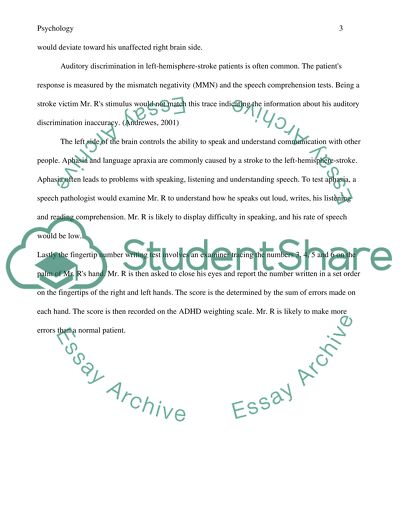Cite this document
(“Discussions Assignment Example | Topics and Well Written Essays - 3500 words”, n.d.)
Retrieved from https://studentshare.org/psychology/1482242-discussions
Retrieved from https://studentshare.org/psychology/1482242-discussions
(Discussions Assignment Example | Topics and Well Written Essays - 3500 Words)
https://studentshare.org/psychology/1482242-discussions.
https://studentshare.org/psychology/1482242-discussions.
“Discussions Assignment Example | Topics and Well Written Essays - 3500 Words”, n.d. https://studentshare.org/psychology/1482242-discussions.


